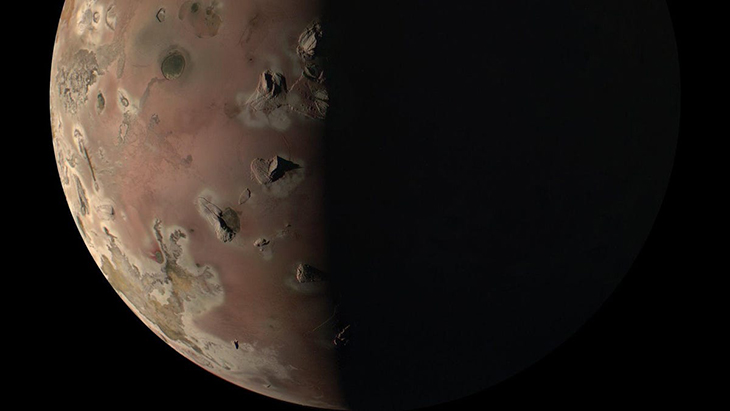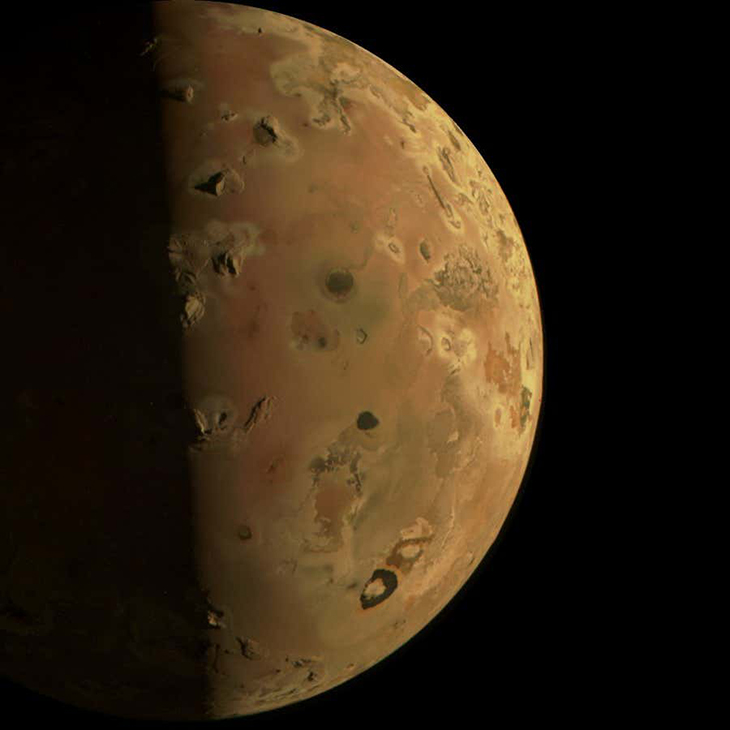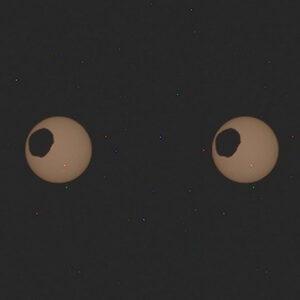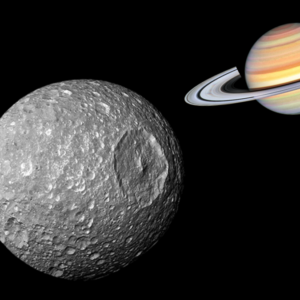
Stunning imagery recently captured by NASA’s Juno space probe reveals Jupiter’s volcanic moon Io in breathtaking detail, marking the closest flyby of the moon in two decades. On December 30th, Juno soared within approximately 930 miles (1,500 km) of Io’s surface, providing unprecedented proximity to the most volcanic body in our solar system.
This close encounter, alongside others anticipated at the beginning of February, is poised to yield a wealth of valuable data for scientists. NASA describes these upcoming passes as opportunities for Juno’s instruments to unleash a torrent of information, offering insights into Io’s geological activity and surface composition.
Since its inception, the Juno orbiter has executed an impressive total of 56 flybys around Jupiter. Along the way, it has meticulously documented close encounters with three of the gas giant’s largest moons: Io, Ganymede, and Europa. Through these observations, Juno continues to deepen our understanding of Jupiter’s diverse and dynamic moons, unraveling the mysteries of our celestial neighborhood.
“By combining data from this flyby with our previous observations, the Juno science team is studying how Io’s volcanoes vary,” said Scott Bolton, Juno’s principal investigator. He’s also from the Southwest Research Institute in San Antonio.
“We are looking for how often they erupt, how bright and hot they are, how the shape of the lava flow changes, and how Io’s activity is connected to the flow of charged particles in Jupiter’s magnetosphere.”
The Jovian Infrared Auroral Mapper (JIRAM) aboard the probe captured a striking depiction of Io’s volcanic activity by detecting the infrared emissions from its 400 active volcanoes and numerous extinct calderas. These heat signatures provide valuable insights into the moon’s dynamic geology.
Io’s volcanic activity plays a pivotal role in shaping its distinct characteristics. The eruptions of its volcanoes, along with the flow of lava, continuously sculpt the lunar surface, creating dramatic changes visible from space. The interplay of various sulfur allotropes and compounds results in a diverse color palette adorning Io’s surface, ranging from vivid yellows and fiery reds to pristine whites, deep blacks, and verdant greens. This unique array of hues reflects the rich chemical composition and geologic processes at work on Io.

“With our pair of close flybys in December and February, Juno will investigate the source of Io’s massive volcanic activity, whether a magma ocean exists underneath its crust, and the importance of tidal forces from Jupiter, which are relentlessly squeezing this tortured moon,” Bolton said.
Additional research conducted on Io suggests that its continuous compression stems from a complex interplay of various forces, some of which are well-understood while others remain elusive. A significant contributor to this phenomenon is the intense gravitational pull exerted by Jupiter and its fellow Galilean moons—Europa, Callisto, and Ganymede—resulting in considerable friction within Io’s interior. This friction generates immense pressure, contributing to the moon’s unique geological activity and volcanic eruptions. Despite ongoing studies, certain aspects of these forces and their effects on Io’s dynamics continue to challenge scientific understanding.
What are your thoughts? Please comment below and share this news!
True Activist / Report a typo


